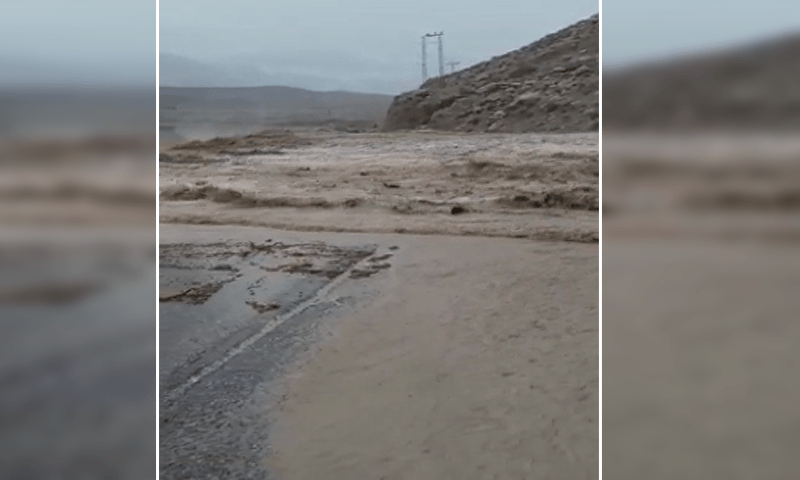List Of India's Military Satellites by ISRO for Indian Army
- Technology Experiment Satellite or (TES) is an experimental satellite to demonstrate and validate, in orbit, technologies that could be used in the future satellites of Indian Space Research Organisation (ISRO). [16] The Technology Experiment Satellite (TES) has a panchromatic camera capable of producing images of 1 meter resolution for remote sensing.[17] The launch of TES made India the second country in the world after the United States that can commercially offer images with one meter resolution.[17] It is used for remote sensing of civilian areas, mapping industry and geographical information services.
- RISAT-2, or Radar Imaging Satellite 2 has a primary sensor, the synthetic aperture radar from Israel Aerospace Industries (IAI).[18] RISAT-2 is India's first satellite with a synthetic aperture radar. It has a day-night, all-weather monitoring capability and has a resolution of one metre.[19] Potential applications include tracking hostile ships at sea.[20] Though the Indian Space Research Organisation sought to underplay the satellite's defence capabilities in its website and in its announcements, a majority of the media preferred to classify it as a spy satellite.[21] ISRO claims that the satellite will enhance ISRO's capability for earth observation, especially during floods, cyclones, landslides and in disaster management in a more effective way.[22]
- CARTOSAT-2 carries a state-of-the-art panchromatic (PAN) camera that take black and white pictures of the earth in the visible region of the electromagnetic spectrum. The swath covered by these high resolution PAN cameras is 9.6 km and their spatial resolution is 80 centimetres.[23] The satellite can be steered up to 45 degrees along as well as across the track. CARTOSAT-2 is an advanced remote sensing satellite capable of providing scene-specific spot imagery. The data from the satellite will be used for detailed mapping and other cartographic applications at cadastral level, urban and rural infrastructure development and management, as well as applications in Land Information System (LIS) and Geographical Information System (GIS).[24] Cartosat was decommissioned and the perigee lowered by controlled burns between March to Sep 2020 as debris mitigation activities. This will result in the orbit naturally decaying and re-entry within 10 years
- CARTOSAT-2A is a dedicated satellite for the Indian Armed Forces.[25] The satellite carries a panchromatic (PAN) camera capable of taking black-and-white pictures in the visible region of electromagnetic spectrum. The highly agile Cartosat-2A can be steered up to 45 deg along as well as across the direction of its movement to facilitate imaging of any area more frequently.
- CARTOSAT-2B carries a panchromatic (PAN) camera capable of taking black-and-white pictures in the visible region of electromagnetic spectrum which has a resolution of 80 centimetres.[24] The highly agile CARTOSAT-2B can be steered up to 45 deg along as well as across the direction of its movement to facilitate imaging of any area more frequently and offers multiple spot scene imagery.[26]
- GSAT-6A is a dedicated satellite for army as a replacement for GSAT-6 which lost communication after its launch.[8]
- GSAT-7 was launched in 2013 for the exclusive use of the Indian Navy to monitor the Indian Ocean Region (IOR) with the satellite's 2,000 nautical mile ‘footprint’ and real-time input capabilities to Indian warships, submarines and maritime aircraft.[8] To boost its network-centric operations, the IAF is also likely to get another satellite GSAT-7C within a few years.[8]
- HySIS, a dual use satellite, was also launched in November 2013, which is used by the navy.[27] HySIS carries two payloads, the first in the Visible Near Infrared (VNIR) spectral range of 0.4 to 0.95 micrometers with 60 contiguous spectral bands and the second in the Shortwave Infrared Range (SWIR) spectral range of 0.85 to 2.4 micrometres with a 10 nanometre bandwidth and 256 contiguous spectral bands. The satellite will have a spatial resolution of 30 meters and a swath of 30 km from its 630 km sun-synchronous orbit.[28][29][30]
- GSAT-7A, launched in December 2018 for the exclusive military use for the Indian Air Force,[8] GSAT-7A, an advanced military communications satellite exclusively for the Indian Air Force,[29] is similar to Indian navy's GSAT-7, and GSAT-7A will enhance Network-centric warfare capabilities of the Indian Air Force by interlinking different ground radar stations, ground airbase and Airborne early warning and control (AWACS) aircraft such as Beriev A-50 Phalcon and DRDO AEW&CS.[29][31][32] GSAT-7A will also be used by Indian Army's Aviation Corps for its helicopters and UAV's operations.[29][31][32]
- HySIS, dual use satellite launched in 2018 is also accessible to India's defence forces.[33][34]
- Microsat-R satellite, a dedicated military satellite for the Indian Armed Forces, was launched on 24 January 2019. The 760 kg imaging satellite was launched using PSLV C-44 rocket.[10]
- EMISAT, launched on 1 April 2019, is a reconnaissance satellite[35] under DRDO's project Kautilya[36] which will provide space-based electronic intelligence or ELINT, especially to improve the situational awareness of the Indian Armed Forces by providing information and location of enemy radars.



Comments
Post a Comment